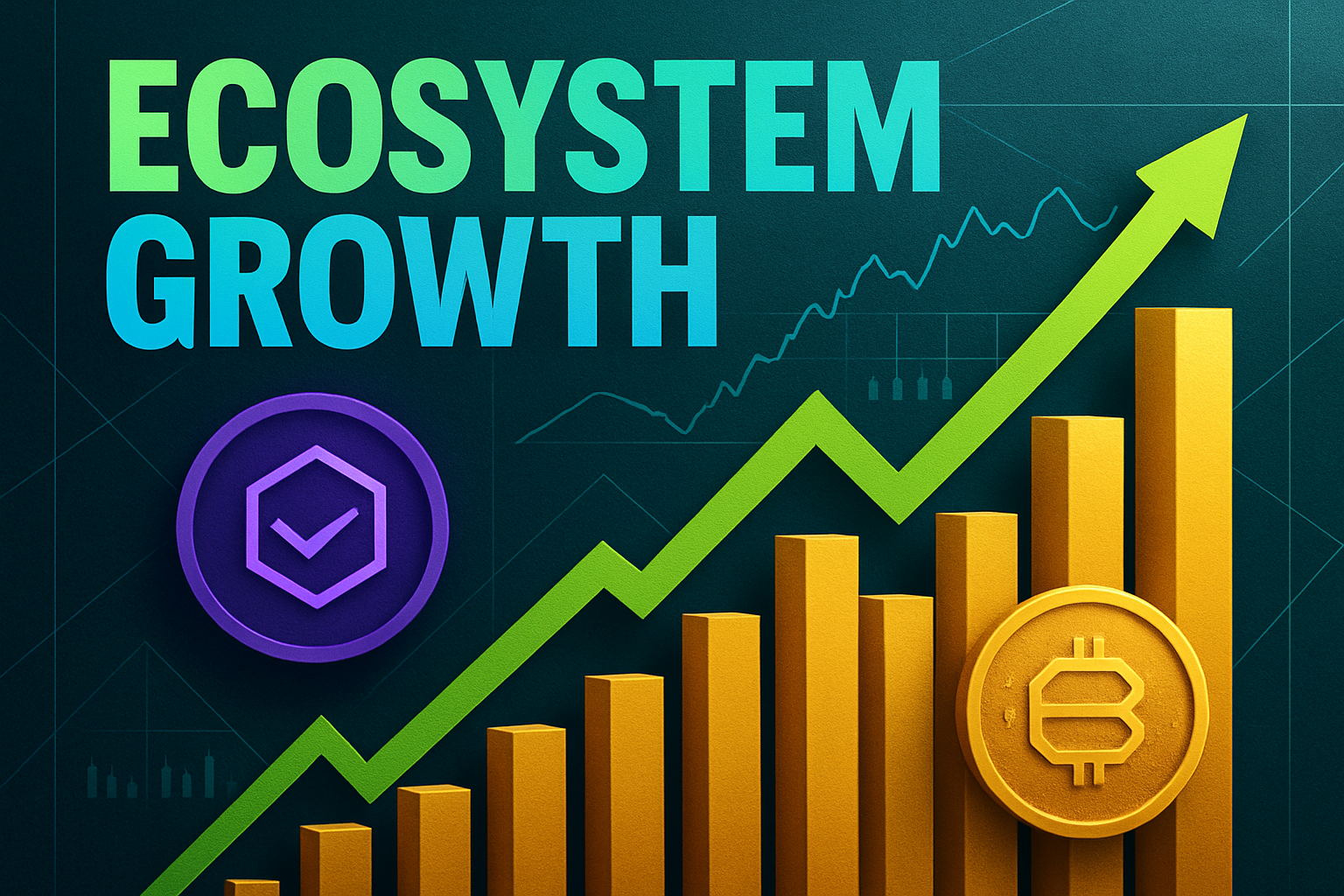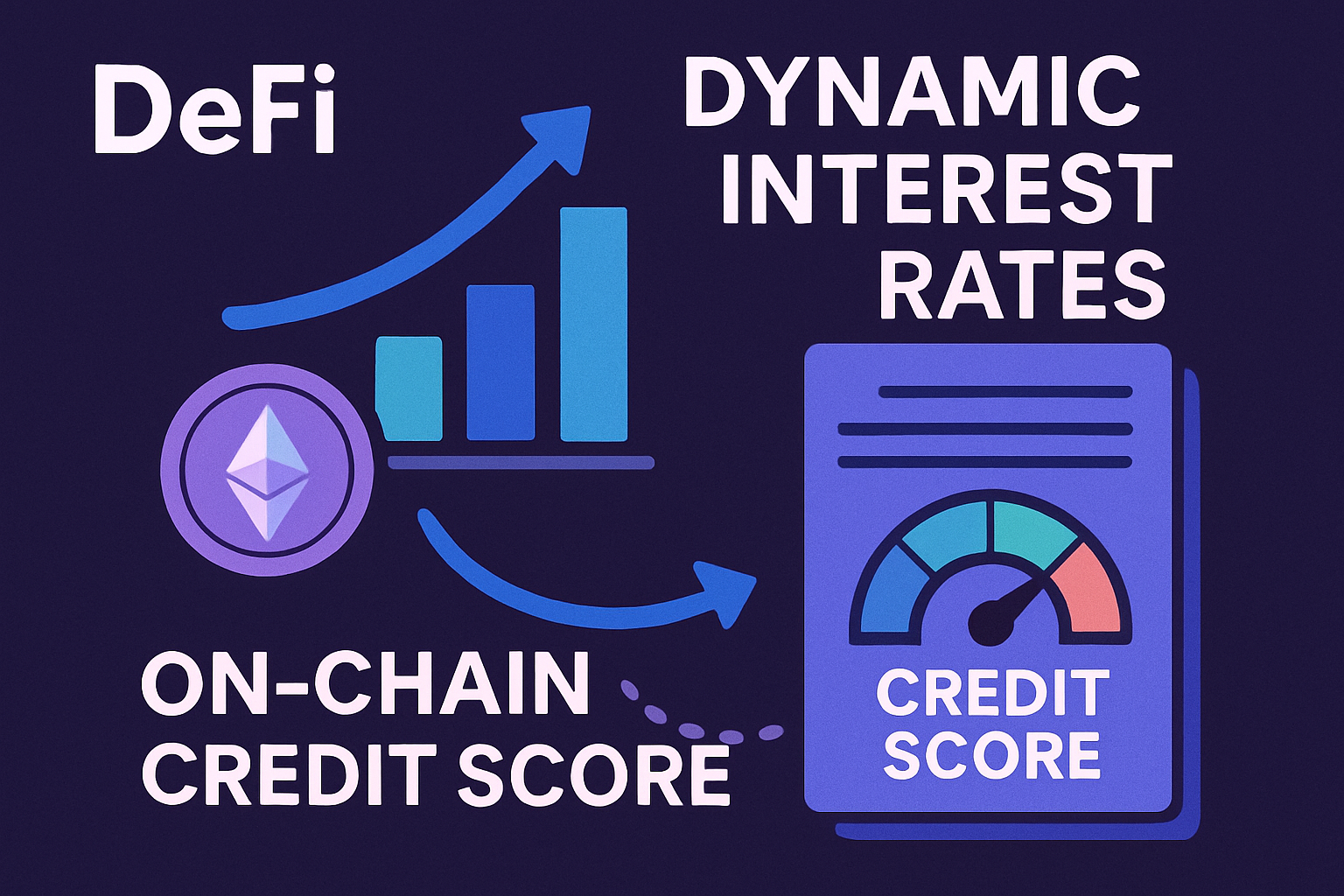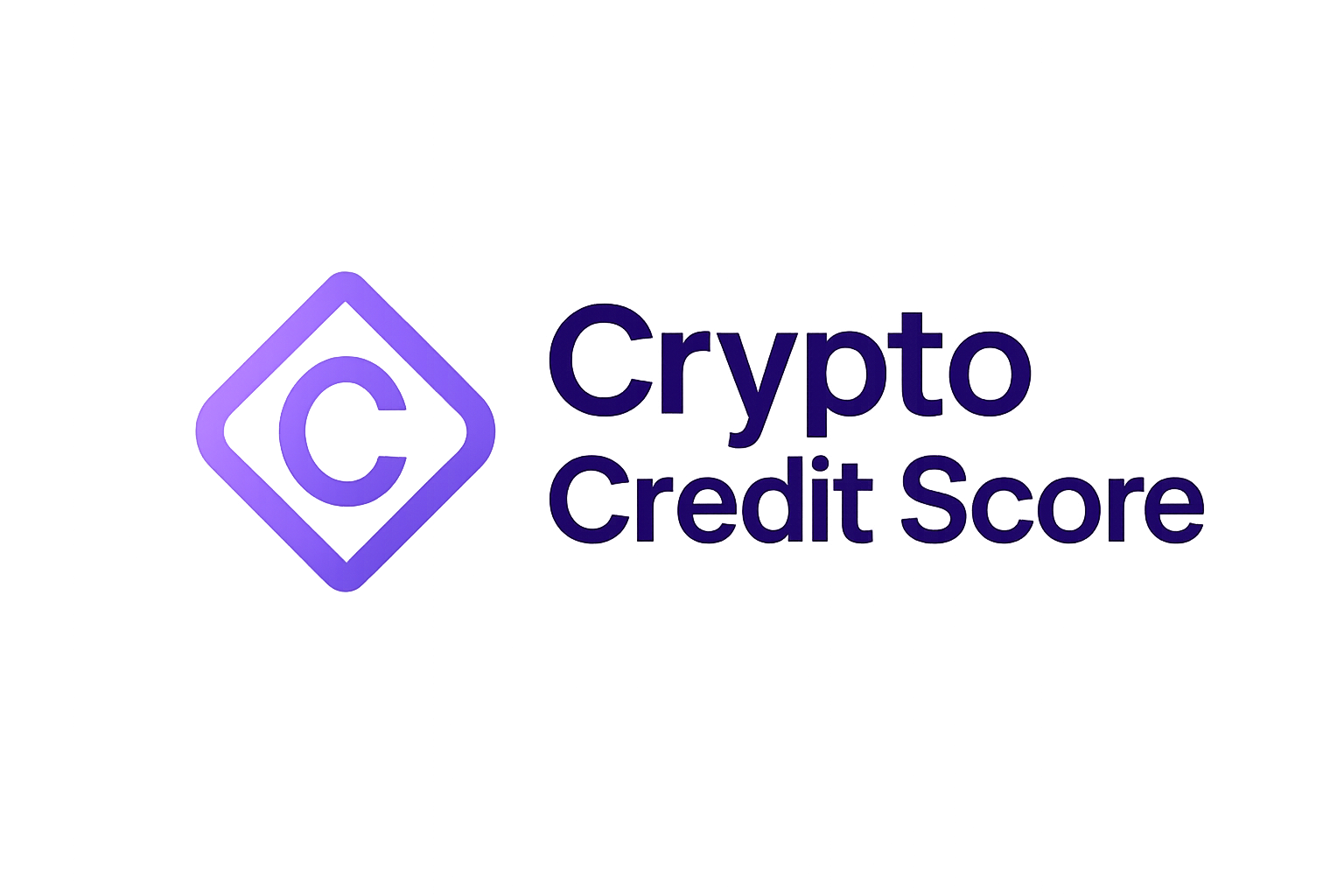
In 2025, on-chain reputation scores are not just a technical curiosity. They are the engine quietly powering a new era of decentralized finance (DeFi) lending. This transformation is visible across protocols like Aave and Compound, which now account for nearly 90% of on-chain lending volume. But the real story isn’t just about numbers – it’s about how decentralized credit scoring is rewriting the rules of risk, access, and capital efficiency in crypto lending.

From Overcollateralization to Under-Collateralized Crypto Loans
For years, DeFi lending was built on a simple but restrictive rule: to borrow $1 worth of crypto, you often needed to deposit $1.50 or more as collateral. This overcollateralization protected lenders from default but excluded millions from accessing liquidity – especially those whose only assets exist on-chain. Enter on-chain reputation scores: by analyzing wallet histories, repayment behavior, and interactions across protocols, DeFi platforms can now assign each user a dynamic credit score.
This shift means that borrowers with strong on-chain reputations can unlock under-collateralized or even collateral-free loans. The result? Increased liquidity, better capital efficiency, and broader participation in the DeFi ecosystem. As highlighted by recent research, this innovation could bring trillions in untapped value into decentralized markets.
Decentralized Credit Bureaus: The Web3 Approach to Trust
Unlike traditional credit bureaus that operate behind closed doors, decentralized credit bureaus aggregate and standardize open-source data directly from blockchains. Frameworks like zScore use AI models to evaluate wallet behavior – considering factors such as transaction frequency, loan repayment records, token holdings diversity, and engagement with reputable protocols.
These composable reputation scores travel with users across platforms: your borrowing history on Compound can help you secure better rates on Aave or MakerDAO. This portability fosters transparency and competition among lenders while empowering users to build their own financial identity in Web3 – no paperwork or centralized gatekeepers required.
The Rise of AI-Powered On-Chain Credit Assessment
The backbone of this revolution is artificial intelligence. Machine learning algorithms sift through vast amounts of wallet activity data – including past loans, repayments (or defaults), staking patterns, and smart contract interactions – to predict borrower reliability in real time. These AI-driven risk models are now being embedded directly into lending smart contracts.
This means loan approvals can happen instantly and automatically; interest rates dynamically adjust based on your evolving risk profile rather than rigid categories or human bias. For example, if your wallet demonstrates consistent positive behavior across multiple protocols over time, your credit score improves automatically – unlocking better terms without manual intervention.
The integration of AI also extends to fraud prevention. By identifying suspicious activity patterns (such as Sybil attacks where one user controls multiple wallets), these systems help maintain integrity within DeFi lending pools, a crucial step for scaling under-collateralized loans safely.
Real-World Adoption: From DeFi Natives to Institutions
This isn’t just theory or hype, major institutions have begun integrating on-chain reputation systems into real-world finance workflows. Siemens Financial’s supply chain financing network is a prime example: thousands of suppliers now tap liquidity pools based on custom blockchain-derived reputation indices. The benefits are tangible: faster loan approvals and reduced manual KYC costs without sacrificing security or compliance standards.
Meanwhile, DeFi-native protocols continue to push the envelope. Credit scores generated by open-source frameworks are being adopted by lending markets beyond the established giants, with new entrants leveraging composable reputation data to attract both retail and institutional borrowers. The result is a more competitive landscape where users are no longer limited by opaque, off-chain criteria but can shop for the best rates based on their transparent on-chain behavior.
Top Use Cases for On-Chain Reputation in DeFi Lending
-

Under-Collateralized Loans on Aave and Compound: On-chain reputation scores allow users to access loans with less collateral by leveraging their transparent credit history. Platforms like Aave and Compound now use these scores to safely extend under-collateralized credit, increasing capital efficiency and financial inclusion.
-

Fraud Prevention via AI-Powered Risk Models: DeFi protocols are integrating AI-driven on-chain credit scoring to detect suspicious borrowing patterns and prevent Sybil attacks. These models analyze wallet activity and repayment histories, reducing fraud while automating loan approvals.
-

Cross-Platform Credit Portability with Decentralized Credit Bureaus: Decentralized credit bureaus like those using the zScore framework aggregate users’ on-chain reputations, enabling their creditworthiness to be recognized across multiple DeFi platforms. This composability streamlines borrowing and builds a unified financial identity.
-

Institutional Supply Chain Financing (e.g., Siemens Financial): Major institutions such as Siemens Financial utilize on-chain reputation systems to connect suppliers to DeFi liquidity pools. This approach enables faster loan approvals and lowers KYC costs for thousands of real-world businesses.
-

Automated, Dynamic Interest Rates: Smart contracts on DeFi platforms now adjust interest rates in real time based on borrowers’ on-chain reputation scores. This rewards trustworthy users with better terms and incentivizes responsible financial behavior.
Challenges and Innovations: Privacy, Sybil Resistance, and Global Standards
Despite these advances, challenges remain. Privacy is a top concern: while blockchain’s transparency enables robust credit scoring, it can also expose sensitive financial behaviors. Protocols are racing to integrate zero-knowledge proofs and decentralized identifiers to ensure that users can prove their creditworthiness without revealing every transaction detail.
Sybil resistance: the ability to prevent users from gaming scores by creating multiple wallets, remains a technical hurdle. AI-driven anomaly detection and social graph analysis are proving effective at flagging suspicious patterns, but constant innovation is needed as attackers evolve.
The lack of global standards for decentralized reputation scoring also creates friction. As more protocols adopt open-source frameworks like zScore or integrate with decentralized credit bureaus, interoperability is improving, but there’s still work to be done before Web3 credit assessment becomes as seamless as its traditional counterpart.
What’s Next for DeFi Lending?
The future points toward deeper integration between on-chain reputation systems and real-world assets. As tokenized real estate, invoices, and other off-chain assets flow into DeFi protocols, reputation-based lending will unlock new forms of liquidity previously out of reach for crypto markets. This convergence blurs the line between crypto-native finance and traditional asset-backed lending.
For everyday users, this means more opportunities: collateral-free loans based solely on your blockchain footprint; seamless borrowing across platforms without reapplying or resubmitting documents; even portable credit histories that follow you from one protocol, or one continent, to another.
Lenders benefit as well. With access to richer borrower profiles rooted in verifiable on-chain data, they can price risk more accurately, reduce defaults, and ultimately extend more capital at better rates. As highlighted in recent research (see here), these advances could bring trillions in new liquidity into DeFi over the coming years.
Final Thoughts: Trustless Yet Personal
The transformation underway isn’t just technical, it’s cultural. By making reputation programmable and portable through decentralized systems, DeFi is rewriting what it means to trust (and be trusted) online. In 2025’s fast-evolving ecosystem, your blockchain activity is your best collateral, and knowledge really is power.





